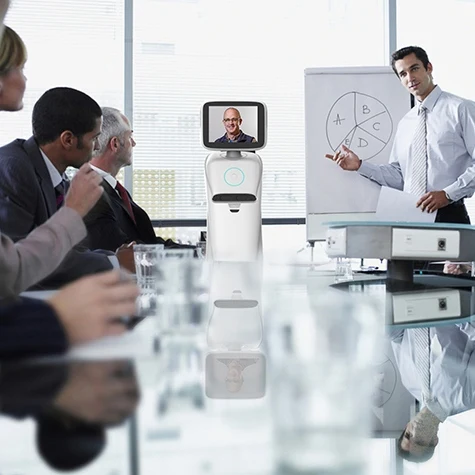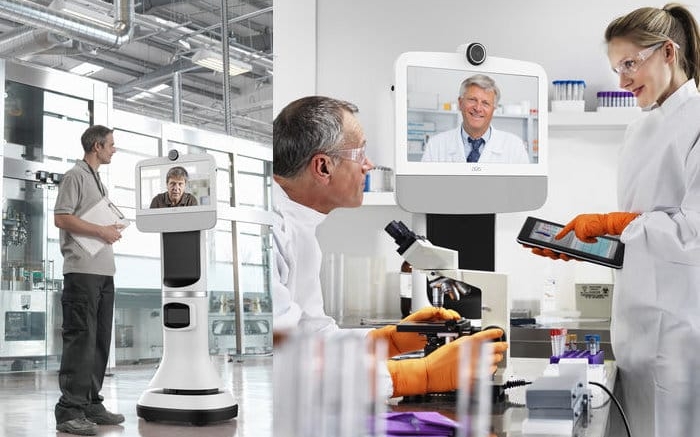Technology has changed the way people communicate and connect with each other, overcoming the limitations of distance. Telepresence robots, a remarkable innovation in the field of robotics, have emerged as powerful tools that enable remote communication and interaction. By combining mobility and real-time video conferencing capabilities, these robots offer individuals the ability to virtually be present in a different location, bridging physical gaps and enhancing collaboration. In this article, we delve into the fascinating world of telepresence robots, examining their functionalities, applications, and the potential they hold for transforming various sectors.
Telepresence robots are a far cry from their original conception. Initially developed for video conferencing purposes, these robots were limited in their mobility and functionality. Telepresence robots have evolved due to advancements in robotics and artificial intelligence. Modern versions have enhanced capabilities, such as live video streaming and two-way communications, which allow users to navigate environments and interact with objects.
The rise of remote work and the need for seamless collaboration across geographically dispersed teams have brought telepresence robots into the limelight. These robots act as avatars for remote workers, enabling them to participate actively in meetings, discussions, and even informal office interactions. By providing a physical presence, telepresence robots foster a sense of belonging and enhance team dynamics. Users can interact with co-workers and work on projects as if physically present.

Telepresence robots are transforming the landscape of education by bridging the gap between traditional and remote learning. In situations where students are unable to attend classes physically, such as due to illness or distance, telepresence bot enable them to attend classes virtually. Students can interact, ask questions and actively participate in a virtual classroom by interacting with their peers. This promotes inclusivity and engagement. These robots allow experts to give remote lectures or offer specialized instruction. This enriches educational experiences.
Education has witnessed a remarkable transformation with the advent of telepresence robots. These robots allow students who cannot attend classrooms in person to interact with peers and teachers remotely. By integrating telepresence robots into classrooms, educational institutions can extend their reach to students in remote locations, ensuring inclusivity and equal opportunities for all. Telepresence robots are also able to facilitate virtual fieldtrips, which allow students to explore museums and historical sites as well as outer space. This allows immersive learning experiences beyond traditional boundaries.
Beyond their professional applications, telepresence robots are fostering social interactions and personal connections. They allow distant family and friends to virtually meet, share experiences and strengthen relationships. Telepresence robots are especially meaningful for individuals with mobility limitations, allowing them to participate in events, celebrations, or even travel remotely, enriching their lives and promoting a sense of belonging.


